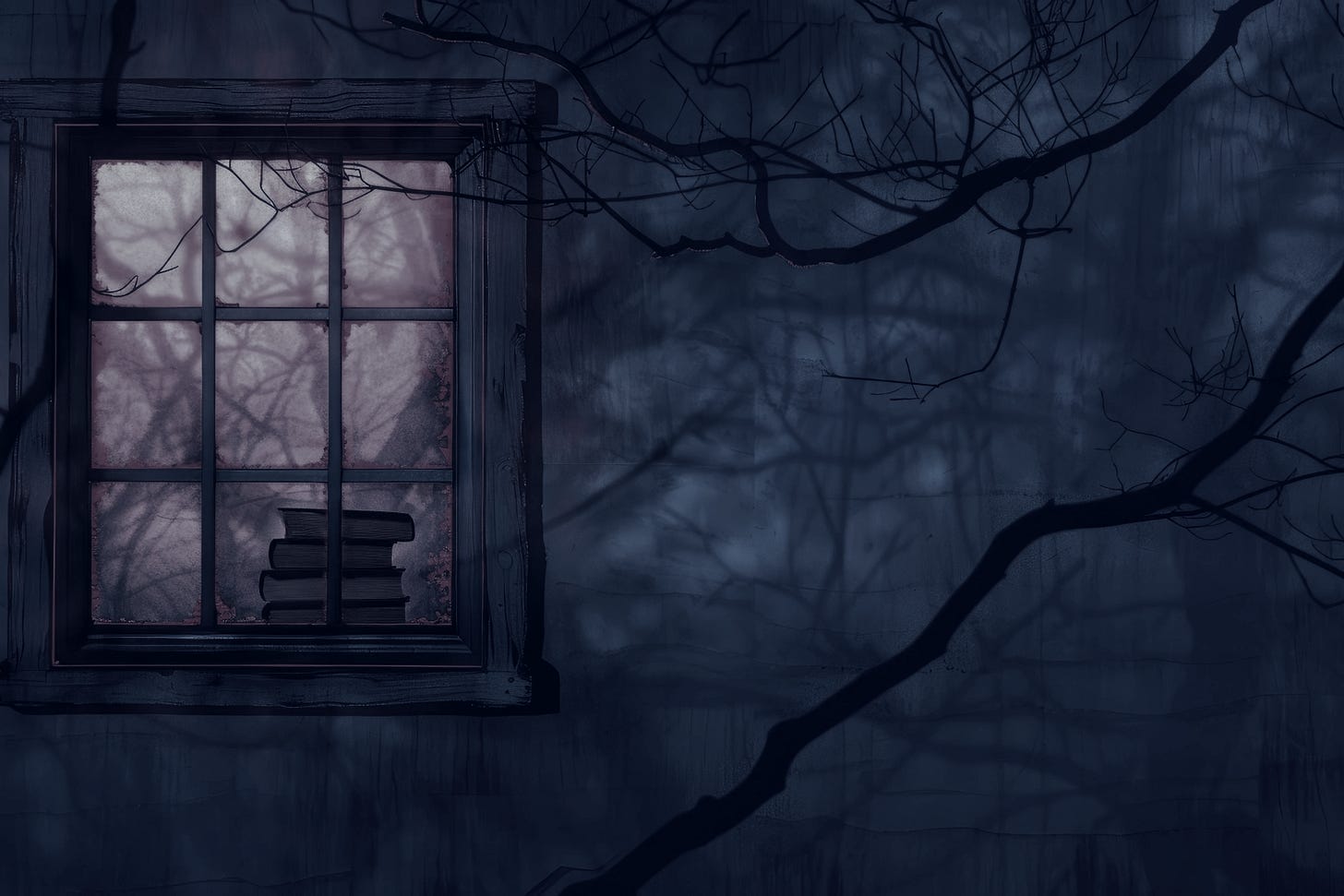'Conjuring Up Ghosts'
Folkloristic Memorat in Fiction
Mid-October. The Washington hawthorn (Crataegus phaenopyrum) out front is heavy with bright orange berries and the elders are scratching to be let in. If permitted, they grow to the second story of our home. Wind gusts this morning ushered in cold air; it’s finally time to consider carving pumpkins (and turnips).
Autumn is my favorite time of year. This year, sadly, I feel agitated. Yesterday, I saw something on Notes: a fellow writer’s anxiety regarding the election which is being held here in the United States in November. Maybe that’s it. Maybe my inability to embrace the season is related to the swirling madness all around me?
Perhaps my Hallowe’en-themed Spotify playlist, pumpkin-carving, hot tea & biscuits will improve my mood? All of these things are planned for the coming week!
‘We’re dismal enough without conjuring up ghosts and visions to perplex us.’ These words, spoken by Nelly Dean (the most annoying unreliable narrator in the history of literature), bring me to my latest Wuthering Heights-related reading:
Folklore, Fear, and the Feminine: Ghosts and Old Wives' Tales in Wuthering Heights (JSTOR)
Oh! this journal article published in Victorian Literature and Culture (1998) appeals to my folklore-loving heart! Author Paula M Krebs discusses each narrator—Lockwood and Nelly Dean—as folklorist and ‘old wife,’ respectively.




